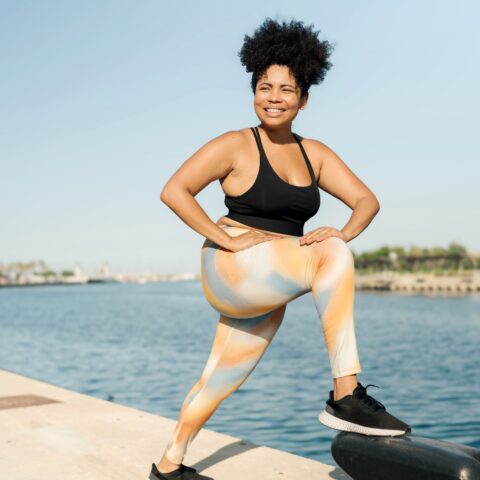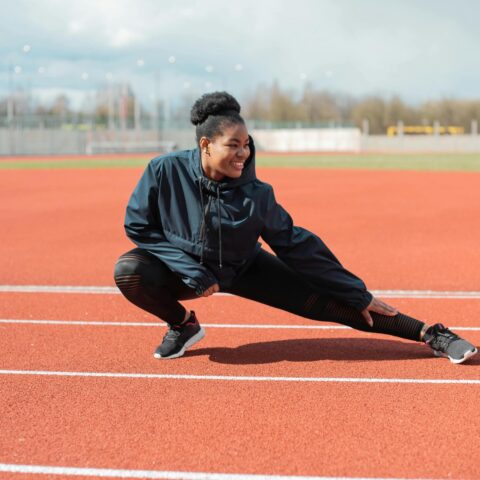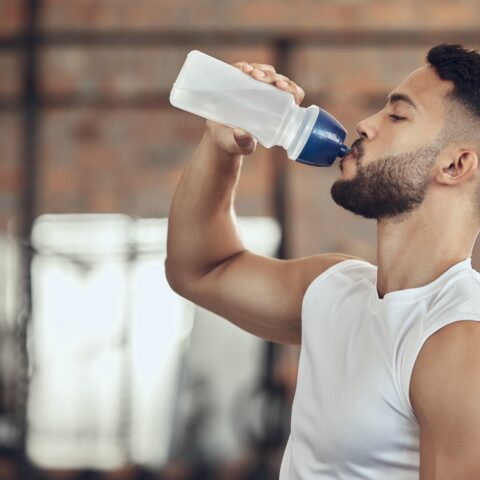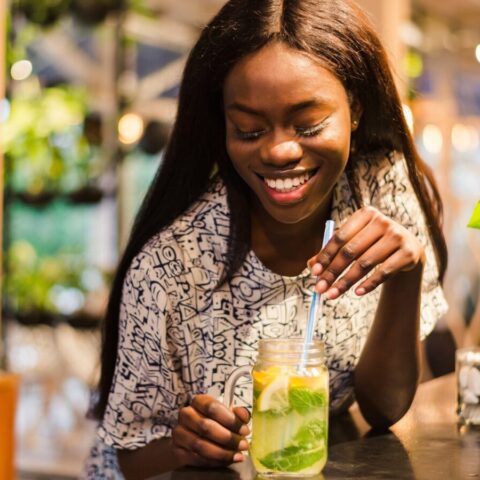Are You Getting Enough Electrolytes When Training?
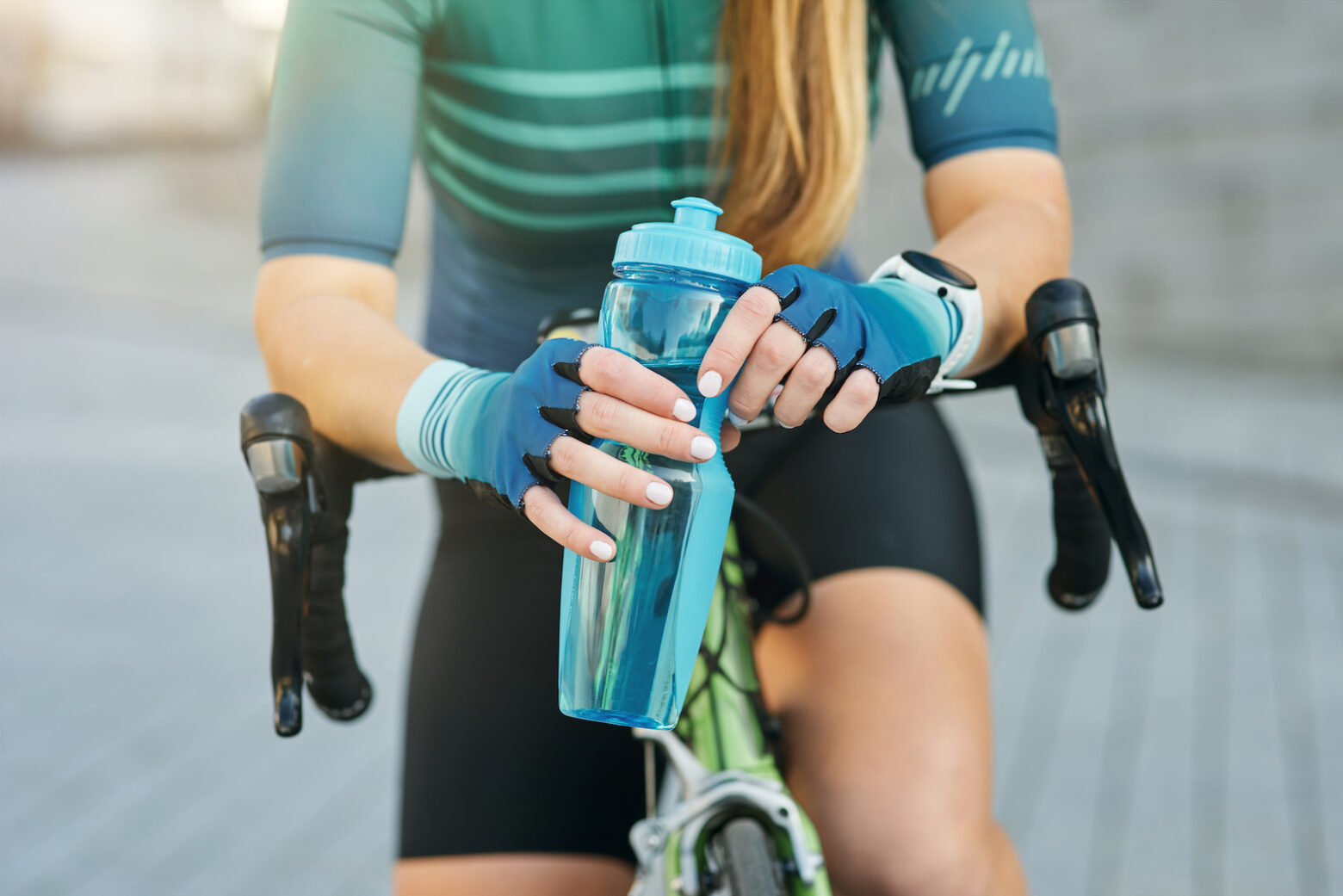
While thirst is an indicator that your body needs fluids, it’s also a sign that your body’s cells are already dehydrated. Whether you’ve been traveling, spending time at higher altitudes, over-consuming caffeine, or simply not taking in enough fluids, maintaining proper hydration levels is essential.
As most of the human body is made up of water, when hydration levels dip too low, regular bodily functions become more difficult. You may find yourself less able to regulate body temperature, sleep well, normalize emotions, or even think clearly. Energy levels dip, your joints may ache, you may feel dizzy or nauseous, have headaches or cramps, and your overall performance can suffer from insufficient fluids.
But dehydration isn’t always about not consuming enough water. Our bodies also need essential minerals in order to function properly, minerals that can be lost in sweat.
What Are Electrolytes?
Electrolytes are minerals that play a critical role in overall health, as well as in sports performance. Water does not contain electrolytes, so if you’re only drinking water to hydrate, you may create a situation of inadequate electrolyte replacement and even put yourself at risk for hyponatremia: a condition when blood sodium drops too low. Your body needs sodium for fluid balance and controlling blood pressure control, nerves, and muscles.
Other main electrolytes include calcium (known to benefit bones and teeth), potassium (heart and muscle function), magnesium (digestion and anxiety), and chloride (fluid stability).
Getting Enough Electrolytes When Training
Your electrolyte needs vary depending on the intensity of your workout and level of fitness, but there are some general guidelines you can follow.
Of course, you should be entering into exercise fully hydrated. Aim to consume about 6 to 12 ounces of an electrolyte drink every 15-20 minutes when training for an hour or longer. After training, replace every pound of lost weight with 16-24 ounces of fluids within two hours. During high-intensity sessions or when training in heat, athletes can lose 1-2 pounds of fluid! For less intense training sessions, try to consume at least 32 ounces of fluids once you’re finished.
You can supplement your electrolytes when training with tablets, powders, gels, or pre-formulated drinks, but these often contain added sugars and can be highly processed. Unsweetened coconut water is a natural alternative, and already ranks as one of the best sports drinks for endurance athletes with sufficient levels of potassium, magnesium, sodium, and calcium. However, it’s not the only option out there for Paleo athletes.
Natural Electrolyte Sources
When working out in heat, or over long distances or periods of time, water alone is not going to cut it. Not only are you sweating out water and electrolytes during an intense session, but you’re using up your carbohydrate stores (known as glycogen) as well.
Added flavorings in sports drinks encourage you to drink more while exercising, which can help reduce risk of dehydration, but there are more substantial options than the standard store-bought sports drinks that will serve your body better from start to finish.
- Vegetables: Spinach, kale, and collard greens are good sources of calcium and magnesium. Sweet potatoes and squash are rich in potassium, while celery is an excellent source of sodium. Think green drinks and green juice to quench your thirst.
- Fruits: Bananas, avocados, cantaloupe, dried apricots, plums, and prunes are some examples of high-potassium fruits. Coconut water-based smoothies are an excellent way to pre-hydrate and re-hydrate post-workout.
- Nuts and seeds are good sources of magnesium. Almonds, Brazil nuts, and cashews all pack a punch with high levels of magnesium, calcium, and potassium. Eat some seeds or nut butters for an energy boost before a workout or during long sessions.
- Bone Broth: Yup. Bone broth is loaded with calcium, amino acids, and collagen and works best as a post-workout recovery drink if you’re training hard. This is a great option on its own or blended into a smoothie. Try our recipes for chicken bone broth or beef bone broth after your next high-intensity session.
Pre- and Post-Workout Electrolyte Recipes
Cantaloupe Smoothie
(2 servings)
- 2 handfuls kale, destemmed
- 1 avocado, peeled and pitted
- 1 frozen banana, chopped
- 1 cup frozen cantaloupe, chopped
- 2 cups coconut water
- 6 shelled Brazil nuts
- Combine all ingredients in a high-speed blender and blend until smooth.
Serve immediately.
Strawberry-Lemon Electrolyte Drink
(2 servings)
- 2 cups unsweetened coconut water
- ¼ cup fresh lemon juice
- ½ cup water
- 4 medium fresh strawberries, chopped and washed
- 1 tsp. raw honey
- Blend lemon juice, strawberries and honey together, then mix with water and coconut water. See the full recipe here.
Recovery Mousse
(1 serving)
- 1 large avocado (very ripe), peeled and pitted
- ¼ cup unsweetened cocoa powder
- 2 Tbsp. almond butter
- 2-3 Tbsp. coconut water
- 2 dates, drained and pitted
- fresh berries or sliced banana, to top
Soak dates in water overnight. Combine avocado, cocoa powder, almond butter, coconut water, and dates in high-speed blender and process until smooth, scraping down the sides of the blender vessel every so often. Pour into a bowl and garnish with fruit.
References
Burke L. & Deakin V. Clinical Sports Nutrition, 4th Ed. New York, NY: McGraw-Hill Australia Pty Ltd., 2009.
Casa, DJ et al. National athletic trainers’ association position statement: fluid replacement for athletes. J Athletic Training. 2000 Apr; 35(2):212-24.
Rosenbloom C. & Coleman E. Sports Nutrition: A Practice Manual for Professionals, 5th Ed. Academy of Nutrition and Dietetics: 2012.
